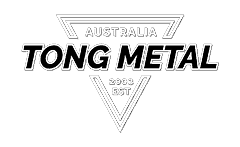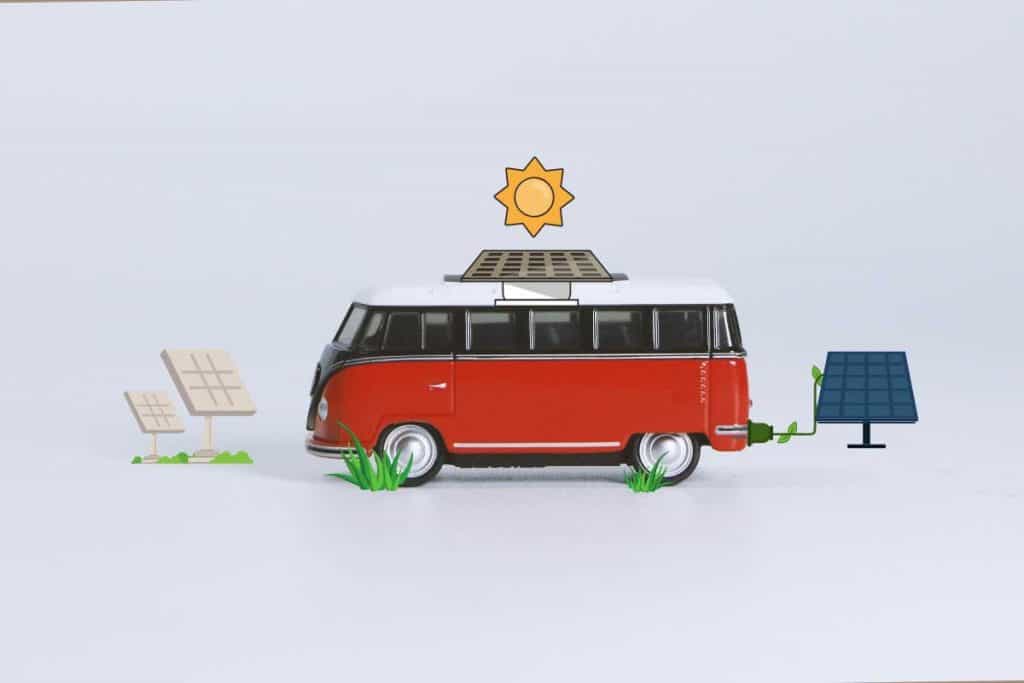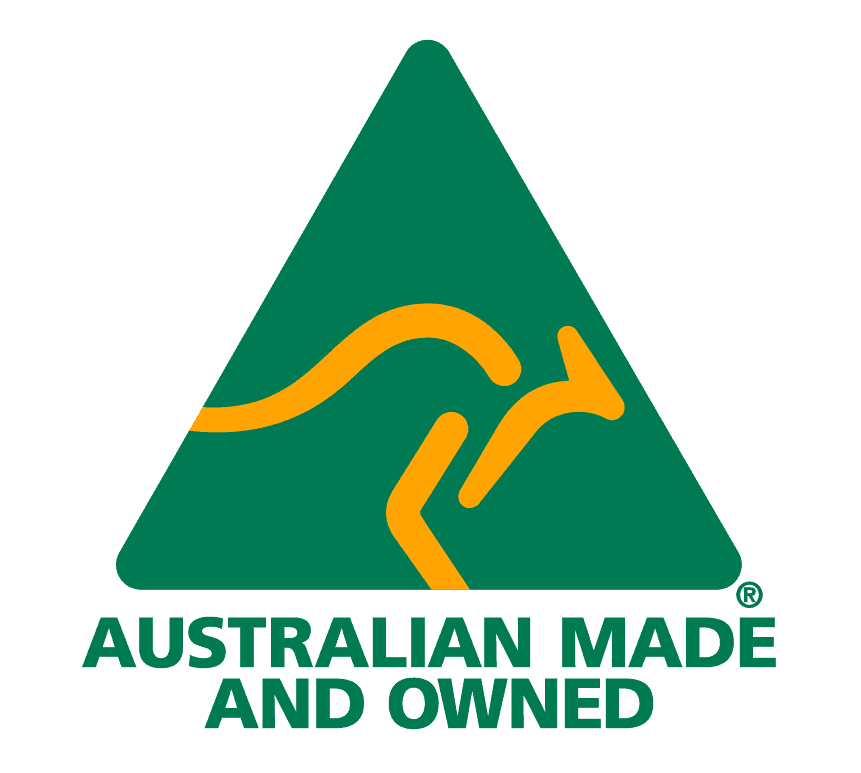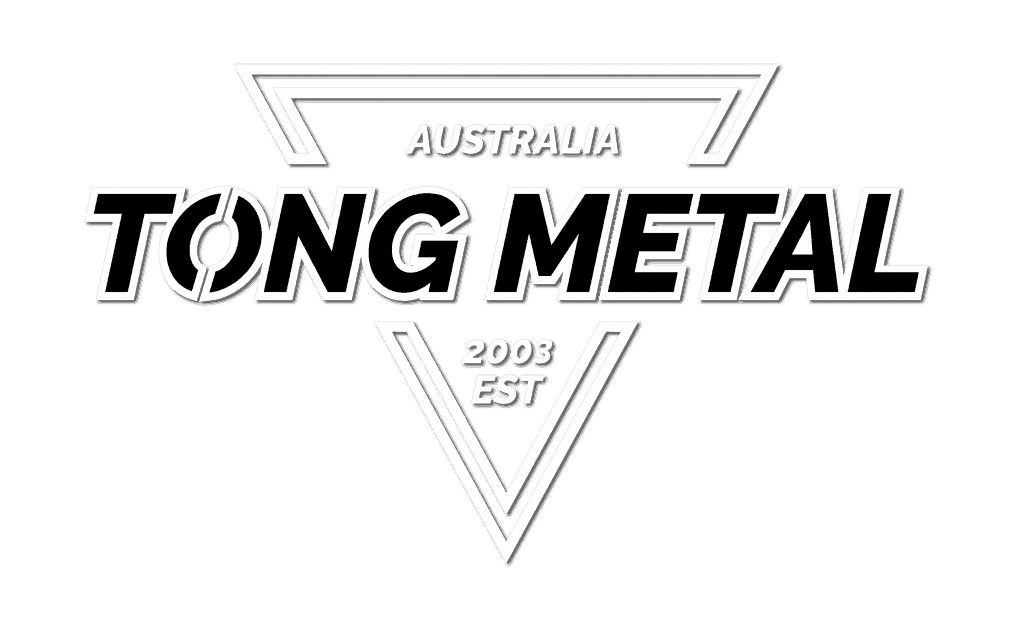Aussie campers know the cost of nightly powered charges in campsites, thereby, resorting to cutting fees by using solar to power campervans. While sun showers aren’t cheap to buy in the market, they are a long-term investment worth looking at. It can power up your RV, providing electricity, water, heater, or entertainment.
While sun showers aren’t cheap to buy in the market, they are a long-term investment worth looking at. It can power up your RV, providing electricity, water, heater, or entertainment.
What’s more, they work perfectly well with sunny Australia.
Solar panels for outdoor uses have been in the market for many years. If you’re planning to switch to using solar to power campervans, here’s a little guide for you.
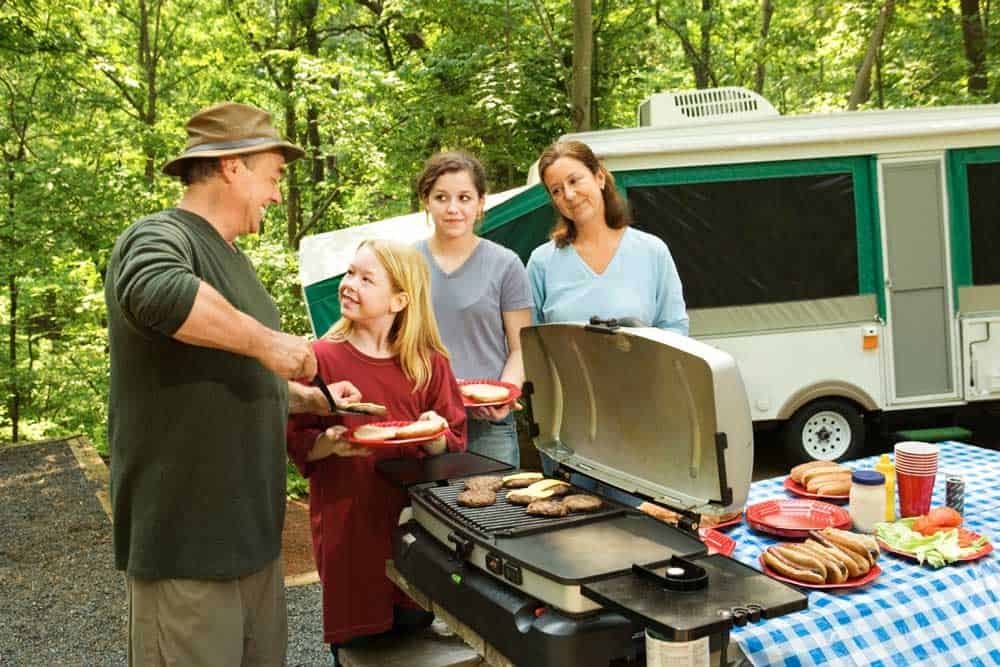
Why switch to using solar when camping
You don’t have to be tied down with electric costs just to enjoy your holiday. Save money and opt for the sun’s power for easy camping. Here’s why you need to switch now.
Lower costs in campsites
Powered sites come with hefty fees to use the utilities. The main reason campers convert their power source to solar energy is to minimize camping costs. What’s more, sun energy is free and can be easily accessed in most remote areas. Planning to go camp in the outback? Converting of power source to solar can have your campervan save on costs and usage.
Environmental friendly
Carbon footprint is one of the many atrocities when people go on on a holiday. Camping is a great example of low carbon accommodation, and you can further hype it up by using solar to power campervans. Solar source is safe for use to the environment.
Long-term with little maintenance
Solar panels are costly, but once you’ve installed them, it can last a decade or more with little maintenance needed. However, that does not mean to say you shouldn’t have it inspected with a mechanic.
Supports Australian energy industry
Not only does it have an impact on the environment, but it supports the Australian energy industry. Statistics have shown that about 10,000 Aussies worked in the solar energy department. Whether that’d be a maintenance, installation, or engineering, solar power is paving way for the workers. Queensland is known to have the highest support over the industry.
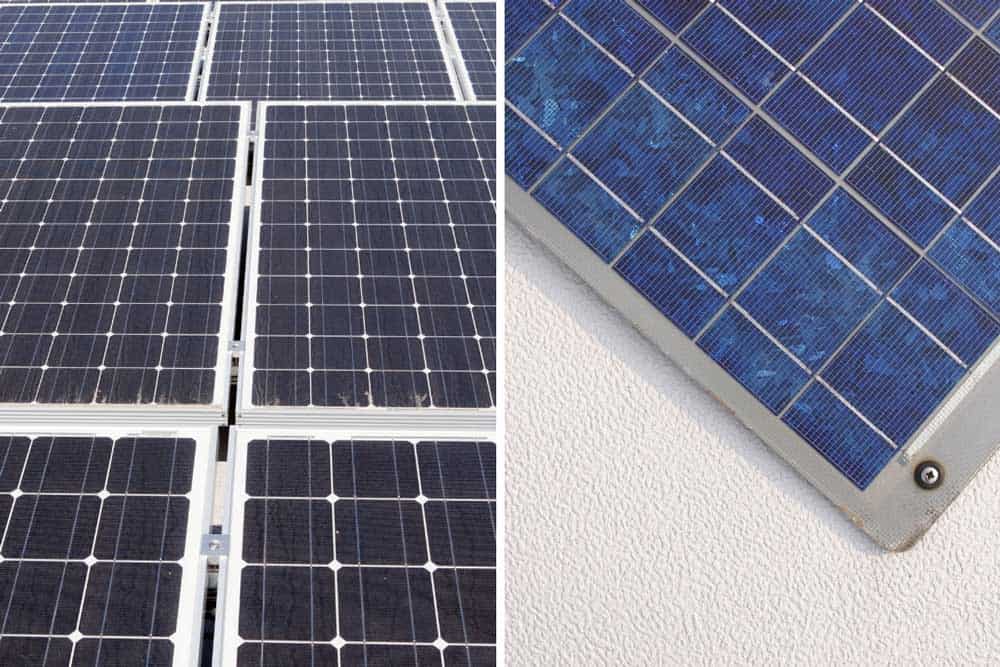
Types of solar panels
There are two known photovoltaic solar panels used for camping – film, and crystalline.
Film panels
Film panels are made out of solar cells and other semiconductor materials to absorb light. They are essentially inexpensive, narrow, and easy to install due to their designs. It can easily be stored away if it rains or if you no longer need it for the day. You need to have a large space to cover all light energy to power your campervan.
Crystalline panels
Crystalline panels are highly effective and efficient when generating solar source. Advantages of investing in crystalline panels are their efficiency when gathering solar energy in such small roof space. However, installation can be a bit costly. It comes in two forms – mono-crystalline and poly-crystalline – and each has its own efficacy in amassing solar power for your campervan.
Mono-crystalline panels are more expensive, but, efficient when collecting solar power for your caravan. While poly-crystalline panels are the cheaper option, they are fair in comparison with its single counterparts.
Campers can also get to choose whether they want their panels free-standing or roof-mounted. While the former lets you alter its position to generate more sun source, it can be quite a hassle to store or transport it. Roof-mounted panels are permanently attached on the van and can be tricky to position it for solar generation.
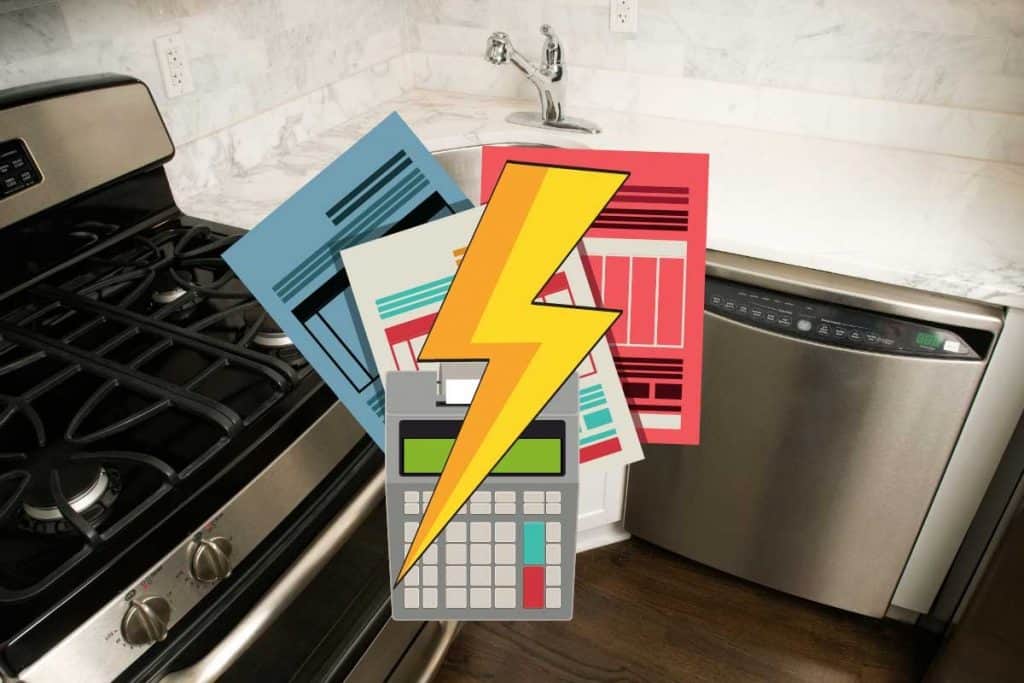
Solar power calculation
To know how much solar generation you need from the sun, you should calculate your electronics’ power usage. Basic knowledge of your equipment and panel prevents you from purchasing the wrong regulator, battery, or solar panel type.
To calculate your solar power need and equipment usage, jot down the devices you mostly need for your camping trip. Here’s a simple calculation when solar energy is converted to electricity.
Power in watts (W) is the rate at which energy is used. For your campervan, it’s how much energy your equipment or appliance uses. It can be calculated through current in amps (A), multiplied with voltage in volts (V).
Watt hours (Wh) is an energy unit measuring the amount of exertion generated by your appliances or electrical devices per hour. It can be calculated with W x hours (h).
Meanwhile, battery capacity using amp hours (Ah) is an indication of how much energy can be stored in the battery for future usage. It is calculated through Wh, divided by voltage (v).
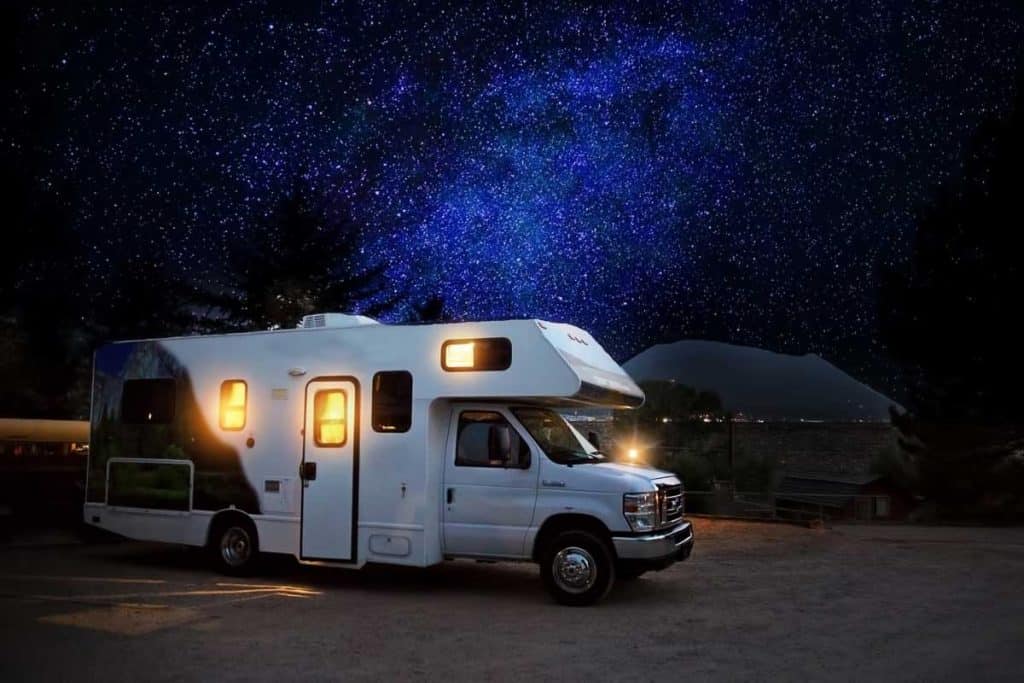
Tips for choosing and using solar to power campervans
Choosing the right panel can be a daunting task. Too low of energy output can find you running out of power for your van. Meanwhile, if you purchase an insignificantly big set up for your campervan, you’ll be wasting a lot of energy and money, too.
Have a rundown of your electronics
Inspect the wattage of the appliances. You can find its estimate wattage printed on the bottom or back. Remember, the wattage stamp is the max power used by the appliance. It doesn’t necessarily mean the actual consumption and how it’s used – that depends highly on how and when you often use the appliance.
To say, you can set a fan at a lower speed, which uses lower wattage, while setting it a higher speed would mean high use of wattage.
Estimate and log your hours of usage
Do you know how much you use your equipment and electronics? For instance, you use the fan six hours a day and eight hours at night, which runs a total of 14 hours. If you have an appliance used all day, you can compute its max wattage per hour by dividing the total hour used by three.
Find your battery capacity with amp hours
After checking the amount of power your appliance gives off and your total hours used, find how much your battery can store solar power. For instance, you might need 120Ah to power your campervan. Make sure to meet the requirements of your wattage, battery, and solar panel.
Have an Australian sun guide
Australia is known to be a sunny country that enjoys high sunshine hours. While all cities receive a good amount of solar source, Perth happens to be the sunniest city in Australia, running about 3,200 hours a year. Meanwhile, Melbourne is the country’s least sunny (but still quite sunny!) at 2,200 hours a year.
If you want more sunlight during winter, Sydney has more daylight despite the weather changes.
Decide whether you need a regulator
Big solar panels can overcharge your battery. Decide whether you need a regulator to restrict the flow of the current. To know whether you need a regulator or not, divide ‘Ah’ by 10 and see if your ‘W’ is less than 10W. If it’s lesser than 10, you won’t need a regulator. However, if it’s otherwise, you may wish to purchase one.

Quick tips to ensure you get enough sunlight
Want more quick tips for your solar panel?
- Know whether you need a free-standing or fixed solar panel
- Ensure that your panel cells get as much sunlight as needed
- Shadows can affect the amount of solar energy generated. Place your panels in direct sunlight
- Glass and plastic protection can lower the energy generated by your panel. Remove any objects that hinder you from gathering a good amount of sunlight
- Keep maintenance over your panel and battery
- Dirt and dust can affect your power generation. Clean you’re your panels regularly
- Track sunlight hours even during winter months
- Replace or maintain old appliances and electronics. They gather much power from your solar source
Hope this list provides your research on solar power useful!
